For many people there will come a time when you need to develop a business case. Looking at how to develop a business case can help guide you through the process, as well as consider all areas you need to cover in order to create a solid business case.
What is a business case?
Your business case is closer to a sales pitch. It is something you have identified as a possible service, product, or solution that your business needs to consider implementing.
When used correctly, the business case can be a powerful tool that enables investors, stakeholders, and key decision makers to make an informed decision on a business proposal. It looks to answer questions relating to what would happen if the business goes ahead with a project, from a cost perspective, to an in depth risk analysis, as well as what would happen if you didn’t go ahead.
Being able to write a business case can be extremely beneficial. Let’s look at the five steps you need to take to create a business case.
How to develop a business case in five easy steps
There are five main steps you need to take in order to develop a usable business case.
1: Confirm opportunities
2: Create and select a shortlisted option
3: Evaluate your shot list
4: Develop an implementation plan
5: Develop recommendations
Confirm opportunities
In this step you will need to write down and describe the solutions and situations that your business opportunity will impact. You will need to look at the overall business, the background of your project, investment logic, and other high-level business concerns.
You should also consider defining your supporters within the business and how your project supports and impacts the organisation’s objectives. Not only from a strategic level, but also a social and ethical level.
Create and select a shortlisted options
Your next step will be to identify any and all alternatives that could be used instead of your proposal. You will then collate data resting to each alternative solution and analyse your options.
From this data collection process you will then create a short-list, ideally these are the ones that are most likely to be direct competitors to your own proposal.
Evaluate your shotlist
Now you have created your shortlist, you need to evaluate your options. This process will take some expert critical thinking and analytical skills. You will need to identify areas in which your process is better or different and put all of your data into a quantifiable state. This includes revenue and operations costs, as well as a cost and financial model. Once you have evaluated the operational costs and financial models you should look to developing any financial projections. Consider cash flow statements, and cash flow projections. Next you will need to look at internal rates of return and hurdle rates as these are key for investors or private equity firms.
Develop an implementation plan
Now you will need to begin to build out your implementation plan. This includes everything from how you plan to use the finances needed as well as how you will bring your project to life. Think about the resources you need, who will be part of your development team, as well as who is responsible for each milestone.
Always remember to break down the costs for each milestone as it will help you quantify CAPEX costs and other ongoing expenses.
Develop recommendations
The final step and possibly most important step is to begin to get approval from internal board members, external stakeholders, investors etc.
You will need to confirm your recommended option and create the business case and present it to the board. When writing the business case remember that it needs to be persuasive and recommend the best course of action for your business. Remember to link your proposal to the business objectives, and ethos, this will help highlight how your idea fits within the overall business objectives.
Your business case will present the investors, board members and anyone else involved with what needs to be done, how you intend for it to be done, as well as the time, cost and other factors that need to be considered in order to achieve your business case’s goal.
Being able to answer all the questions the investors, board members, and stakeholders will have will help ensure that your business case will be accepted and implemented. Another thing to consider is what are the risks of your business cases, as well as the risks and cost of doing nothing at all? Look at all avenues and aspects of the proposal and leave no room for interpretation.
At Tratech Consulting we work with businesses across the UK, from project management, to digital transformation, business analysis, and more. Our team of expert consultants can help you reach the desired goals you have for your business. Contact us today.








